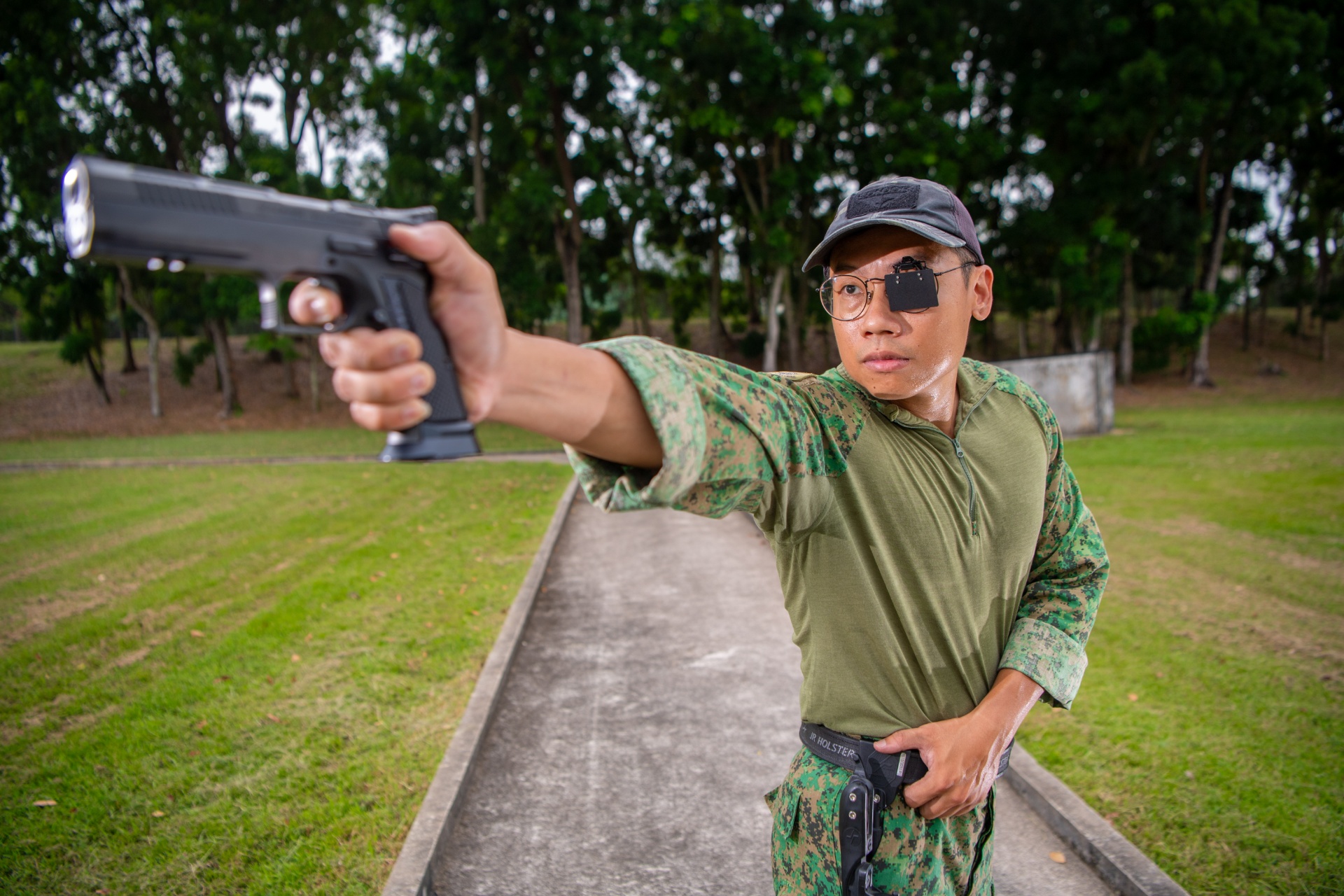TECHNOLOGY
NEUROMORPHIC TECH: THE NEXT BIG THING?
26 Jul 2022
In the last of our "DSO 50 Tech" series, we find out how DSO is looking to the future through their research into Neuromorphic Computing, the next realm of AI.
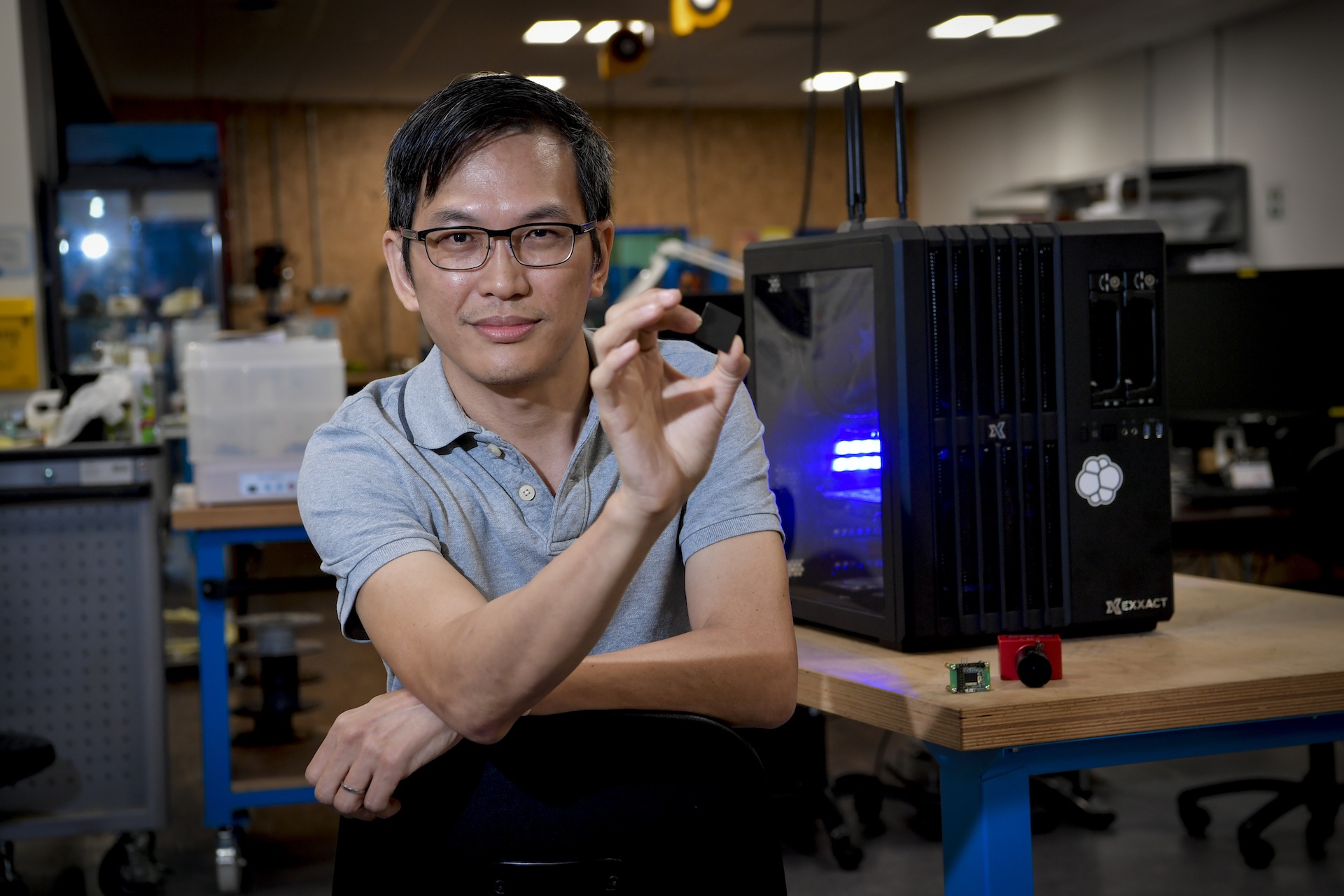

Imagine if the functions of a computer – all its processing power, computing capabilities and data storage ability – could be reduced to a 3cm by 3cm chip. That is the promise of Neuromorphic Computing – and the next evolutionary leap of Artificial Intelligence (AI).
Neuromorphic computing mimics the neural structure and operation of the human brain – the way we process data from our environment, interpret them and make autonomous decisions.
DSO National Laboratories (DSO) has already begun work in this field, writing algorithms for efficient neuromorphic sensing and hearing.
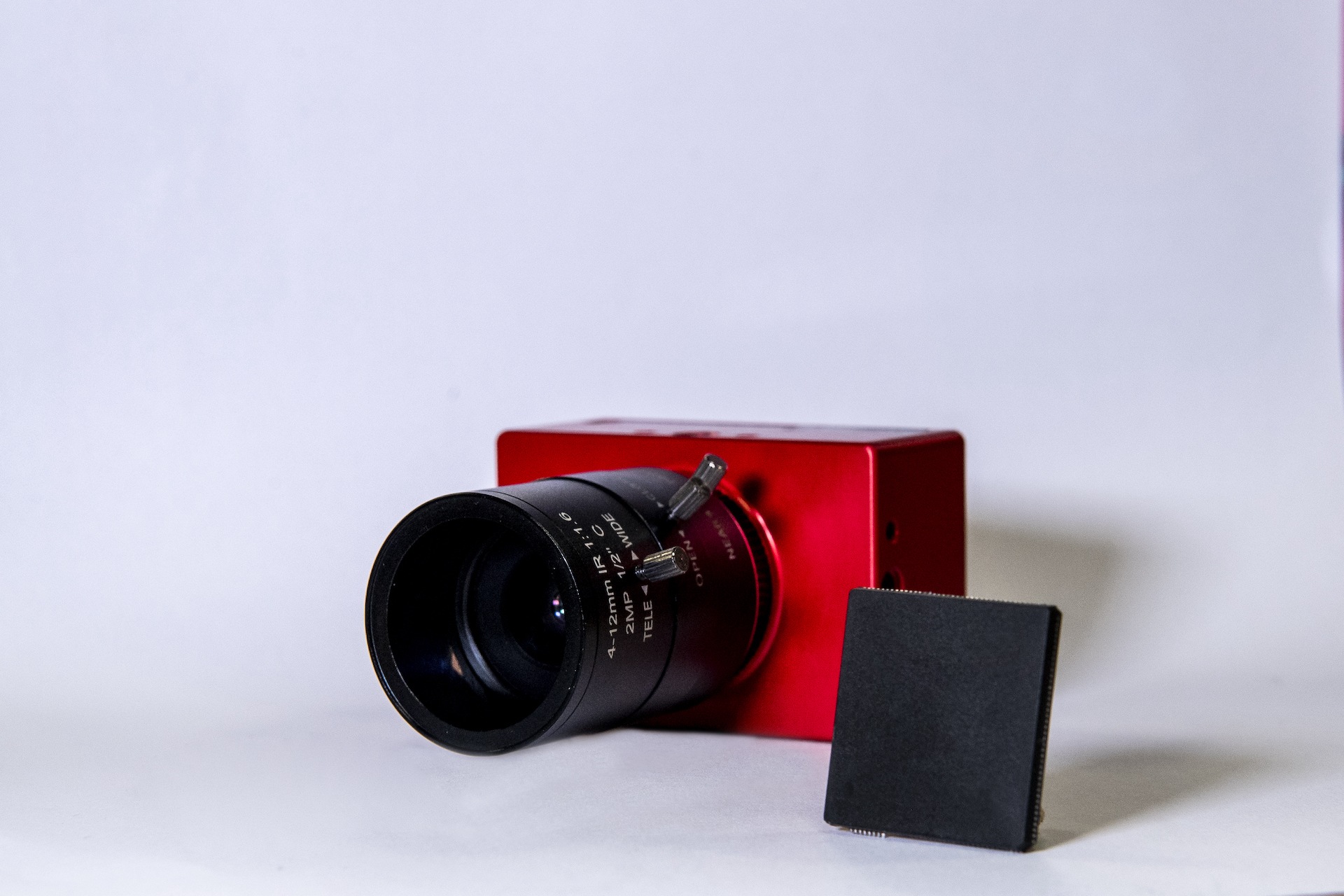
One of their projects studied the Neuromorphic Camera – a tiny red device that sits in the palm of a hand. Within the ordinary-looking enclosure is the Neuromorphic Computing Chip.
Unlike conventional cameras that capture an image every time the shutter opens, the Neuromorphic Camera functions without a shutter. Instead, it only senses and captures changes in the environment, much like the human brain.
This means that in missions like surveillance, it can detect intrusions without capturing and processing unnecessary information when there is no change in the scene.
Its processing speed is so high, it is even able to detect and capture a bullet in motion.
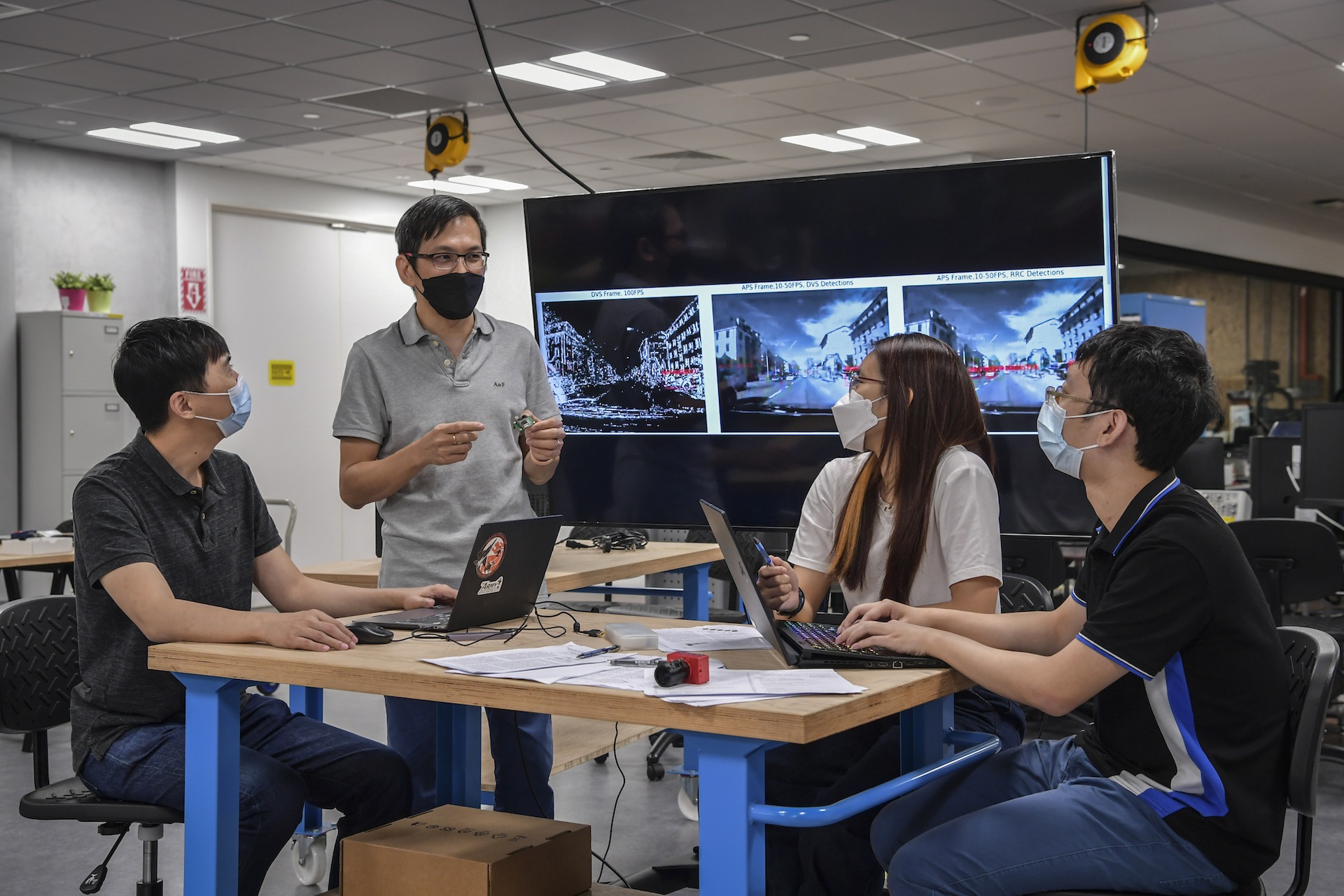
Laboratory Director of Information Exploitation Laboratory at DSO, Mr Tan Yuan Sin, explained how such high computing power is able to exist within a tiny chip that is about 1,000 times smaller than a typical work station:
"Today's AI fires all its neurons to complete a certain task. But our human brain doesn't work like that. Neuromorphic Computing emulates the brain where only the relevant neurons fire and send signals to the other neurons.
"This makes Neuromorphic Computing about 10,000 times more power-efficient than today's computer. And that helps to drastically reduce its weight and size."
The 46-year-old has been doing research into this technology at DSO since 2016.
His team has written algorithms that enable the Neuromorphic Camera to recognise scenes by detecting and classifying objects such as vehicles.

When Mr Tan started researching into human-inspired AI, he first needed to have a good understanding of the human brain.
"The biggest hurdle was the first one – I had no biology background. So, I had to quickly get myself up to speed with the latest understanding of the human brain in order to apply it to our algorithms," said Mr Tan, who was a junior engineer leading the research back then.
His team quickly consulted local university experts and even got a crash course in neuroscience from a renowned professor from Germany.
Today, DSO has made some headway into the area, albeit in "baby steps", said Mr Tan.

Another project under their belt is use of the Neuromorphic Computing Chip in the Bionic Ear Processor, a sound classification device inspired by human hearing.
The team has started writing codes for the classification of sound – for instance, distinguishing between a truck, a human or a dog – and is hoping to integrate it into the ear processor.
Though the technology is nascent, it can unlock countless possibilities for defence applications, said Mr Tan.
"Because Neuromorphic technology is much more energy efficient, it can greatly improve the mobility, portability and endurance of the technologies our soldiers can bring to the field."
He added: "This will revolutionise AI and the way we use computers."
ALSO READ IN TECHNOLOGY
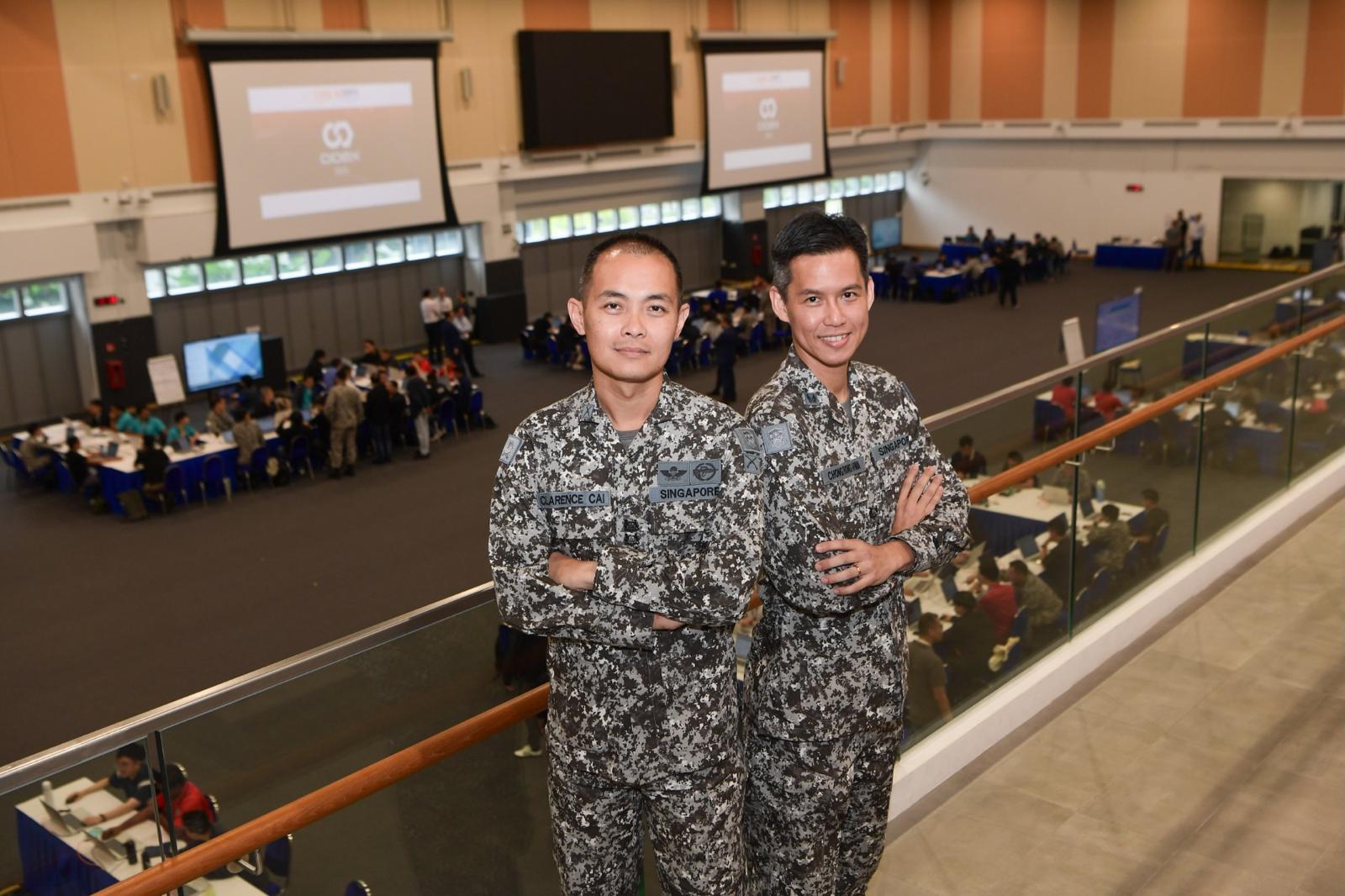
AI joins the fight in national cyber defence exercise
12 Nov 2025
AI and closer collaboration among agencies and industry are taking centre stage in this year’s Critical Infrastructure Defence Exercise (CIDeX).
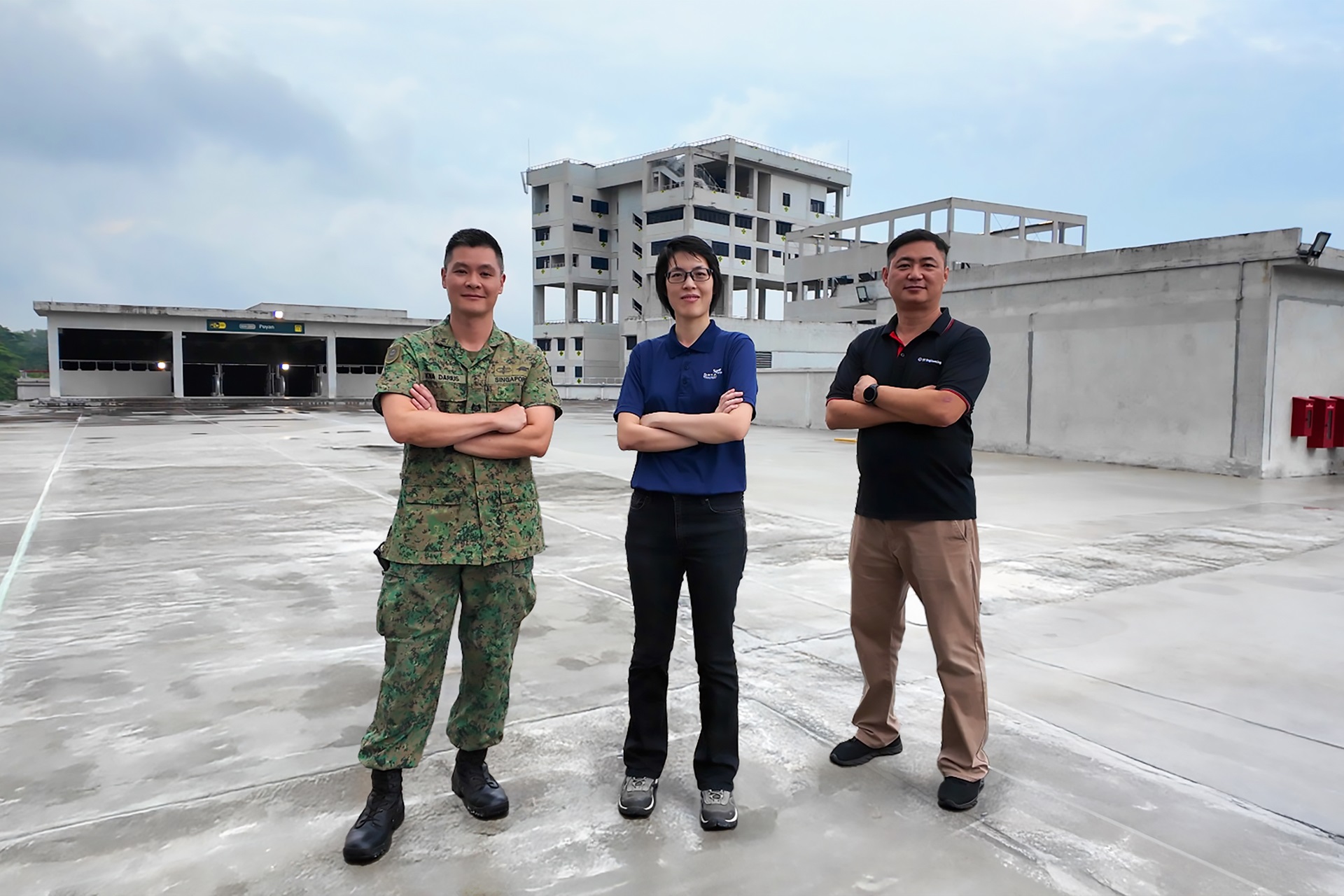
They built this city
01 Oct 2025
Turning vision to reality: the team behind SAFTI City clinches the Defence Technology Prize 2025 Team (Engineering) Award!
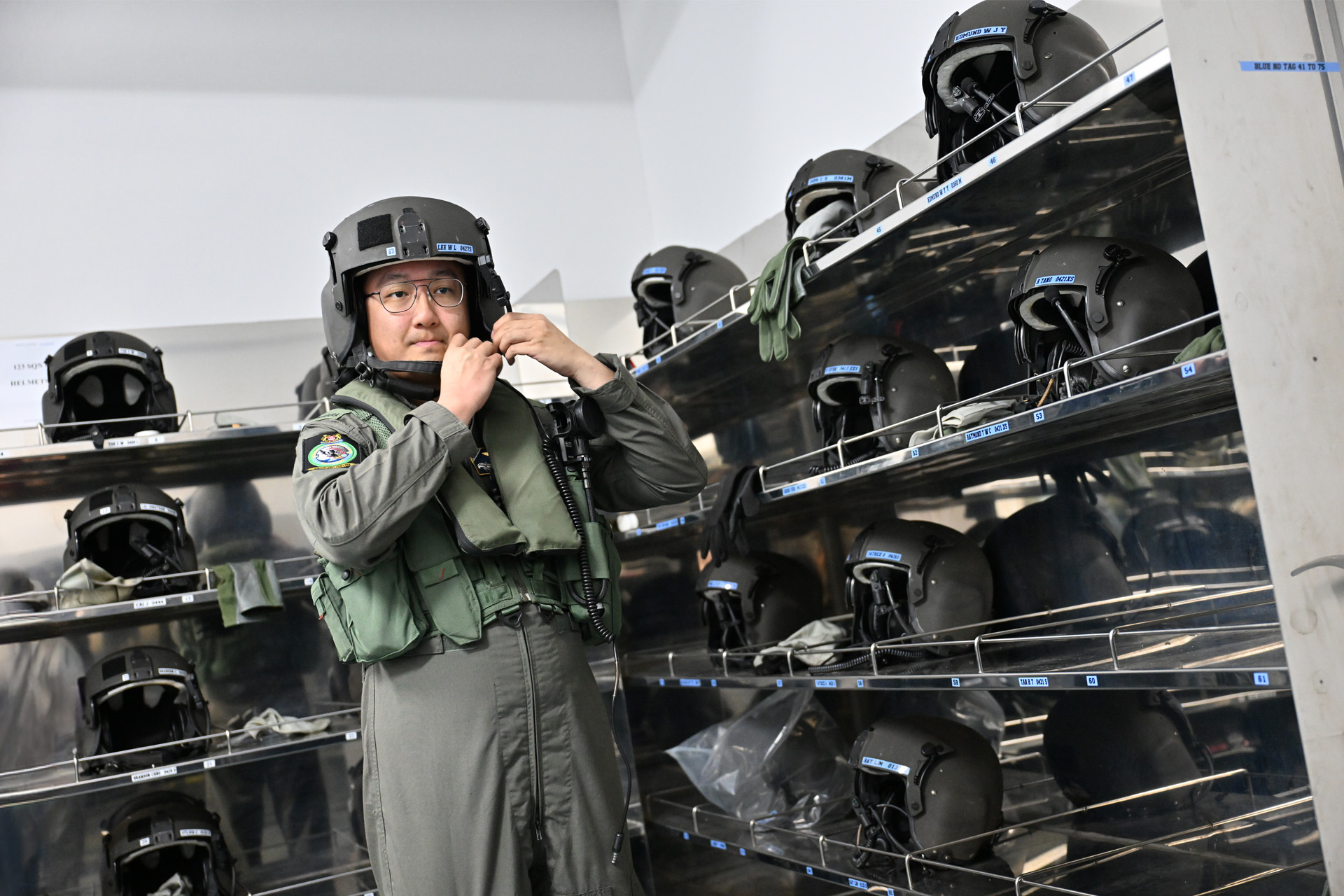
Operating over skies & seas
22 Aug 2025
This gear is designed to help a Sensor Supervisor survive emergencies in the air and at sea.


